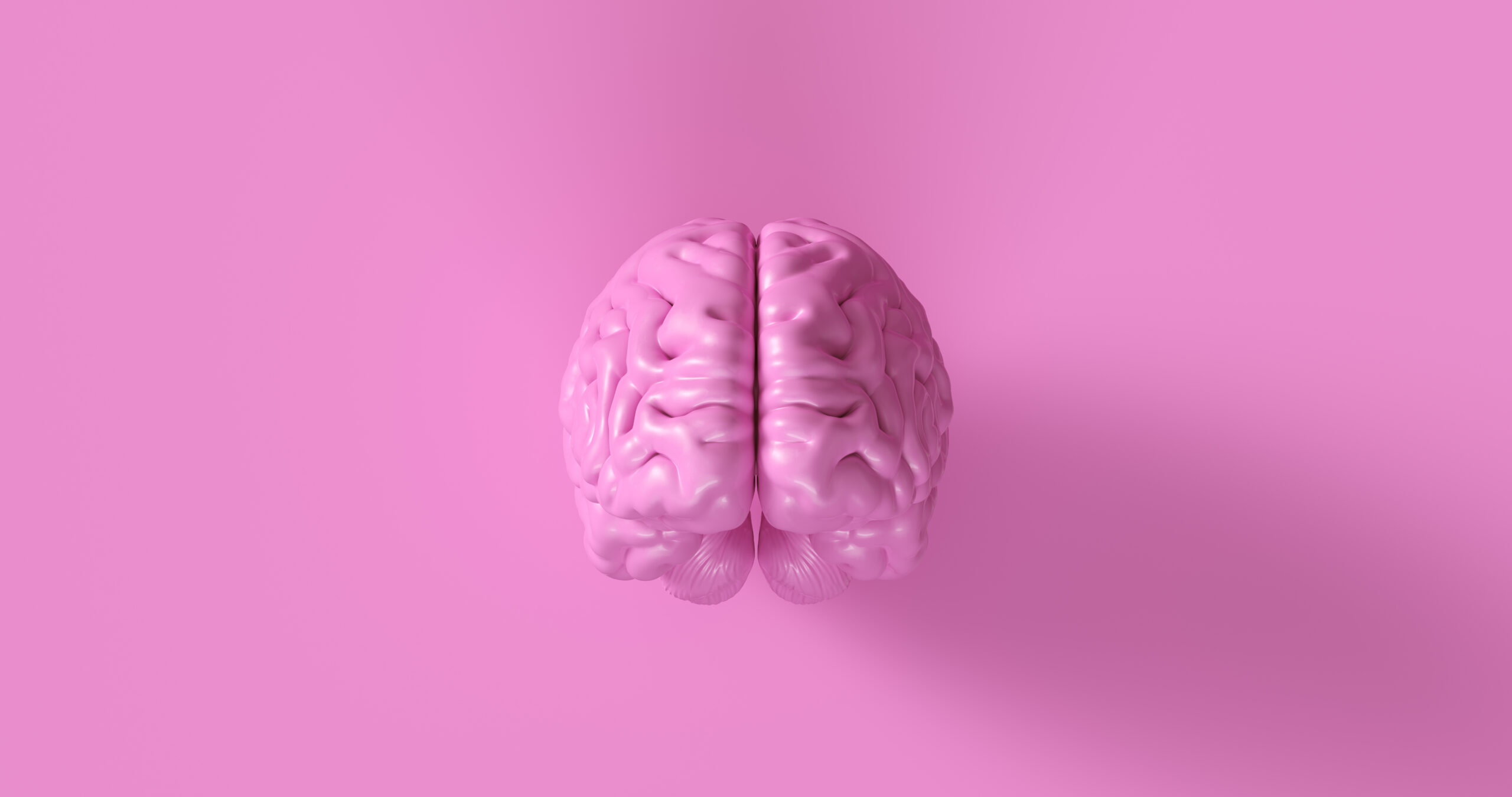art’s therapeutic role in dementia management
**The Therapeutic Role of Art in Dementia Management**
Dementia is a condition that affects millions of people worldwide, causing memory loss, confusion, and difficulty with communication. While there is no cure for dementia, there are various therapies that can help manage its symptoms and improve the quality of life for those affected. One such therapy is art, which has been shown to have a profound impact on individuals with dementia.
### How Art Therapy Works
Art therapy involves using creative activities like painting, drawing, and crafting to help people express their feelings and thoughts. This form of therapy is not about creating perfect art; it’s about using the creative process to explore and understand oneself better. By engaging in art activities, individuals with dementia can improve their cognitive functions, reduce anxiety, and enhance their emotional well-being.
#### Improving Cognitive Functions
Dementia often hampers judgment, memory recall, and brain functioning. However, studies have shown that creative activities can trigger cognitive functions in the brain. For instance, painting can help patients remember past experiences and improve communication skills. This is because art activities stimulate different parts of the brain, which can be particularly beneficial for individuals with dementia.
#### Reducing Anxiety and Agitation
Dementia can cause hallucinations and feelings of danger, leading to unnecessary stress and agitation. Art therapy provides a safe outlet for patients to channel their negative thoughts into works of art. By creating something, patients can focus on a specific task and avoid wandering thoughts. This helps reduce agitation and promotes a sense of calmness.
#### Enhancing Self-Expression
Individuals with dementia often struggle to express their emotions verbally. Art provides a non-verbal means of communication, allowing patients to convey their feelings through their creations. For example, a patient might paint a scene that represents their current mood or a memory from the past. Interpreting these artworks with the patient can help them connect with their emotions and understand their thoughts better.
#### Reconnecting with Memories
As dementia progresses, patients may become increasingly withdrawn. Art therapy uses familiar stimuli like music, scents, and objects to help patients remember something connected to those stimuli. For instance, listening to a familiar tune might jog their memories related to it. Engaging in these activities can help patients reconnect with their past and feel more connected to their caregivers and family members.
### Types of Art Activities
There are various art activities that can be beneficial for individuals with dementia. Here are some examples:
– **Painting**: Using paintbrushes and different types of paint, patients can create fluid motions and manipulate images on a canvas.
– **Colouring**: Filling in sketches in adult colouring books can relax the mind and promote mindfulness.
– **Creating Mandalas**: Making mandalas, which are sacred symbols used for meditation, can stimulate creativity and reduce anxiety.
– **Finger Painting**: Spreading paint on paper with fingers can be an excellent stress reliever and improve concentration.
– **Making Collages**: Using existing photos and art supplies, patients can create collages that provide a fresh look into their inner life.
– **Sculpting**: Shaping or carving figures out of mouldable materials can give patients the opportunity to work in a three-dimensional medium.
– **Crafting**: Making physical objects with bare hands can reduce stress, improve mood, and enhance self-confidence.
### Conclusion
Art therapy is a powerful tool in managing dementia. By engaging in creative activities, individuals with dementia can improve their cognitive functions, reduce anxiety, and enhance their emotional well-being. Whether it’s painting, colouring, or making collages, art provides a non-verbal means of communication and helps patients reconnect with their memories and emotions. As we continue to explore new ways to manage dementia, the therapeutic role of art remains a vital component in improving the quality of life for those affected by this condition.





